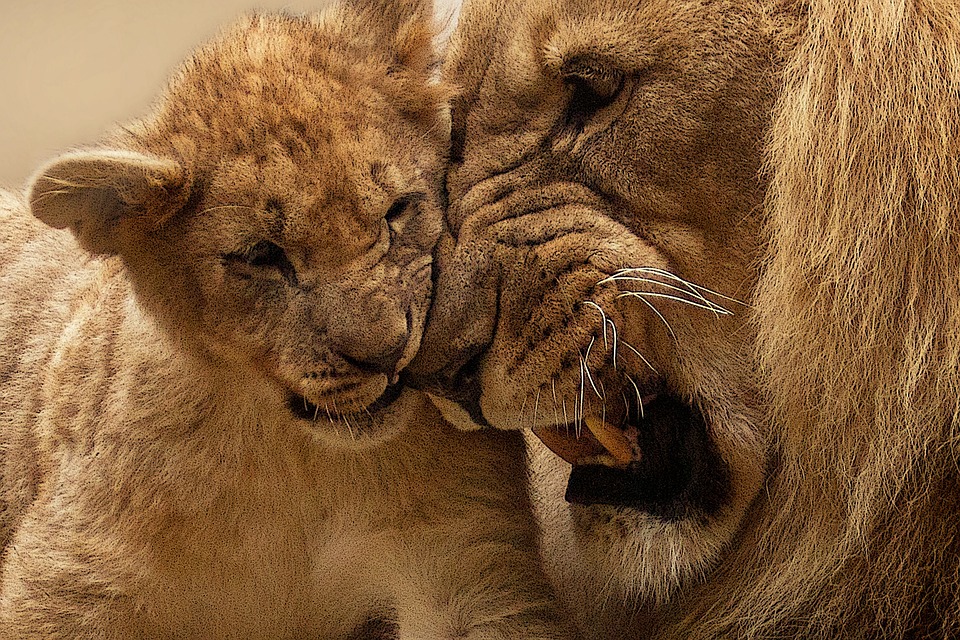Title: Understanding the Dangers of Excessive Headbutting in Contact Sports: Protecting Athletes and Their Feline Companions
Introduction:
Cat behavior is intriguing and diverse, but certain behavioral traits can pose risks, especially in contact sports. One such behavior is excessive headbutting. In this article, we will delve into the reasons behind this behavior, its potential dangers, and how to address it effectively. Additionally, we will address frequently asked questions related to this topic.
I. What is Excessive Headbutting?
– Defining headbutting in cats
– Differentiating between normal and excessive headbutting
– Common scenarios where excessive headbutting occurs
II. The Reasons Behind Excessive Headbutting:
– Territory marking and scent exchange
– Seeking attention and affection
– Displaying dominance or asserting authority
– Communicating discomfort or pain
III. The Dangers of Excessive Headbutting in Contact Sports:
– Risk of head and neck injuries
– Potential for concussions and brain trauma
– Increased susceptibility to long-term health issues
– Impact on the overall performance of the athlete
IV. Addressing Excessive Headbutting in Contact Sports:
– Identifying triggers and patterns
– Consulting a veterinarian or animal behaviorist
– Implementing behavioral modification techniques
– Providing alternative outlets for energy and stimulation
V. Frequently Asked Questions (FAQs):
Q1. Should I discourage all types of headbutting in contact sports?
Q2. Are there any specific breeds more prone to excessive headbutting?
Q3. Can headbutting be a sign of aggression?
Q4. How can I differentiate between headbutting and head pressing?
Q5. Can headbutting be trained out of a cat?
Conclusion:
While headbutting is a natural behavior in cats, excessive headbutting in contact sports can pose serious risks to the athlete’s health. Understanding the reasons behind this behavior and implementing appropriate measures to address it are crucial. By taking proactive steps and seeking professional guidance, we can ensure the safety and well-being of both the athletes and their feline companions.
Remember, if you have any concerns or questions about your cat’s behavior, it is always advisable to consult with a veterinarian or a certified animal behaviorist for expert advice. Together, we can protect our athletes and foster a safe environment for them to thrive in their chosen sports.








